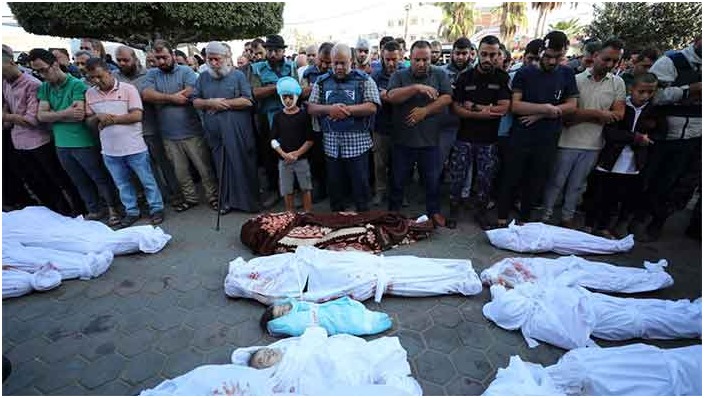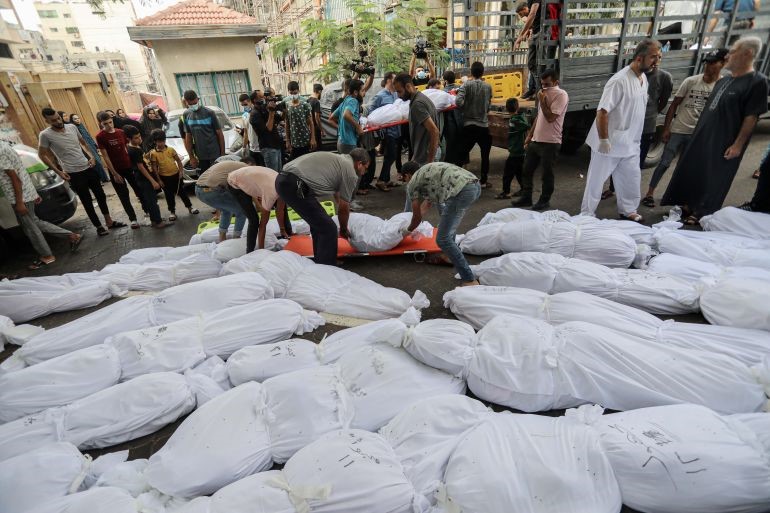Terrorists in Afghanistan
0 comments | by A Report

Pakistani soldiers at the Afghan border. Pakistan has long hoped for an end to the violence in Afghanistan and the eventual withdrawal of American forces.
A NEW report recently prepared for the UN Security Council confirms what Pakistan has been saying for years: that ungoverned spaces in Afghanistan are being used by terrorists to destabilise this country. As per the report, between 6,000 to 6,500 anti-Pakistan militants are based in Afghanistan, mostly linked to the banned TTP. In fact, many of these TTP fighters have joined forces with the self-styled Islamic State’s Khorasan ‘chapter’, which operates out of Afghanistan. Clearly, this shows that if the Afghan imbroglio is left unaddressed, a new, ferocious threat will emerge from the chaos to threaten not only Pakistan, but also the security of the entire region. As the UN report points out, the aforementioned militants are working on an agenda that is designed to use Afghanistan as “a base for spreading terrorist influence across the wider region”.
To understand the threat the presence of these militants in Afghanistan poses, the role of both the TTP and IS must be examined. From 2007 onwards, the TTP unleashed a reign of terror in this country that included bombings, assassinations and other acts of mass casualty violence. The worst point in this grim campaign was the atrocious APS massacre of schoolchildren in 2014. It took multiple military operations, including Zarb-i-Azb and Raddul Fasaad, to check the advance of the TTP and like-minded terrorist groups. On the other hand, the fanatical violence of IS is well known, as the self-proclaimed ‘caliphate’ spread havoc across large swathes of the Middle East, specifically Iraq and Syria, while ‘chapters’ and sympathisers sprung up across the world. While IS may have been beaten back in its Middle East bastions, it has sought sanctuary in other ungoverned spaces in the world, with Afghanistan being one of its prime choices, thanks to the chaos in that country. Therefore, if these two bloodthirsty outfits — the TTP and IS — should join forces, much turbulence can be expected in the region. While the TTP know South Asia well, IS bring plenty of ‘experience’ from their bloodcurdling exploits in the Arab world. Therefore, neutralising the threat in Afghanistan should be a key priority for all regional players.
To ensure that a TTP-IS combine does not transform into an uncontrollable monster in Afghanistan, there is no other option but to push the peace process forward in that country. The gulf between the government in Kabul and the Afghan Taliban is quite wide. However, both players must realise that should the TTP and other foreign militants establish themselves in the country, Afghanistan will plunge further into chaos, while security threats for the region will be amplified manifold. If the Afghan Taliban decide to wait for the Americans to leave in order to make a move on Kabul, the TTP and IS will surely take advantage of this and try to consolidate themselves — a scenario which must be avoided at all costs.





